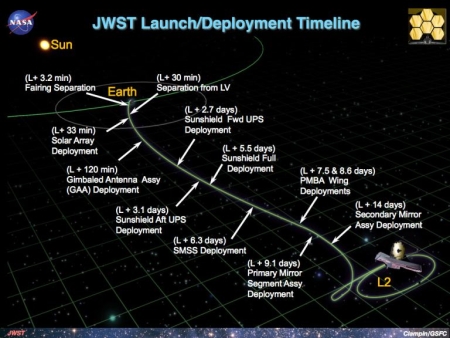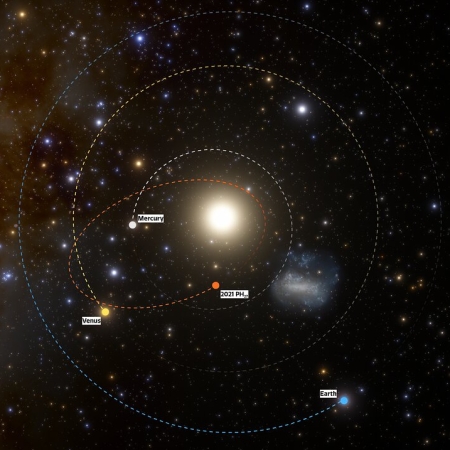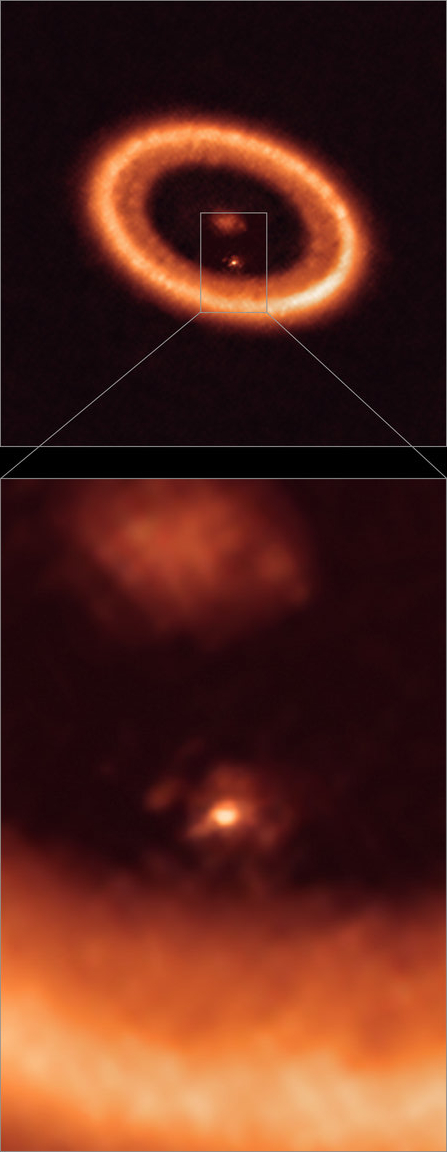Hubble in safe mode again
According to NASA’s Twitter feed for the Hubble Space Telescope, it went into safe mode earlier this week because of “issues with internal communications.”
Hubble’s science instruments went into safe mode on Monday after experiencing synchronization issues with internal spacecraft communications. Science observations have been temporarily suspended while the team investigates the issue. The instruments remain in good health.
Much of the press is using that lovely buzzword of bureaucrats, calling this a “glitch.” The goal of that word is to make the problem seem minor and no big deal.
It can’t be minor and no big deal however if the telescope shut down six days ago and remains out of service. This is not a “glitch.” This is a serious issue that is taking time to resolve.
Furthermore, I get more concerned when no further information is provided. As far as I can so far find, the quote above is the only information NASA has released. And that information is remarkably vague and uninformative.
According to NASA’s Twitter feed for the Hubble Space Telescope, it went into safe mode earlier this week because of “issues with internal communications.”
Hubble’s science instruments went into safe mode on Monday after experiencing synchronization issues with internal spacecraft communications. Science observations have been temporarily suspended while the team investigates the issue. The instruments remain in good health.
Much of the press is using that lovely buzzword of bureaucrats, calling this a “glitch.” The goal of that word is to make the problem seem minor and no big deal.
It can’t be minor and no big deal however if the telescope shut down six days ago and remains out of service. This is not a “glitch.” This is a serious issue that is taking time to resolve.
Furthermore, I get more concerned when no further information is provided. As far as I can so far find, the quote above is the only information NASA has released. And that information is remarkably vague and uninformative.





